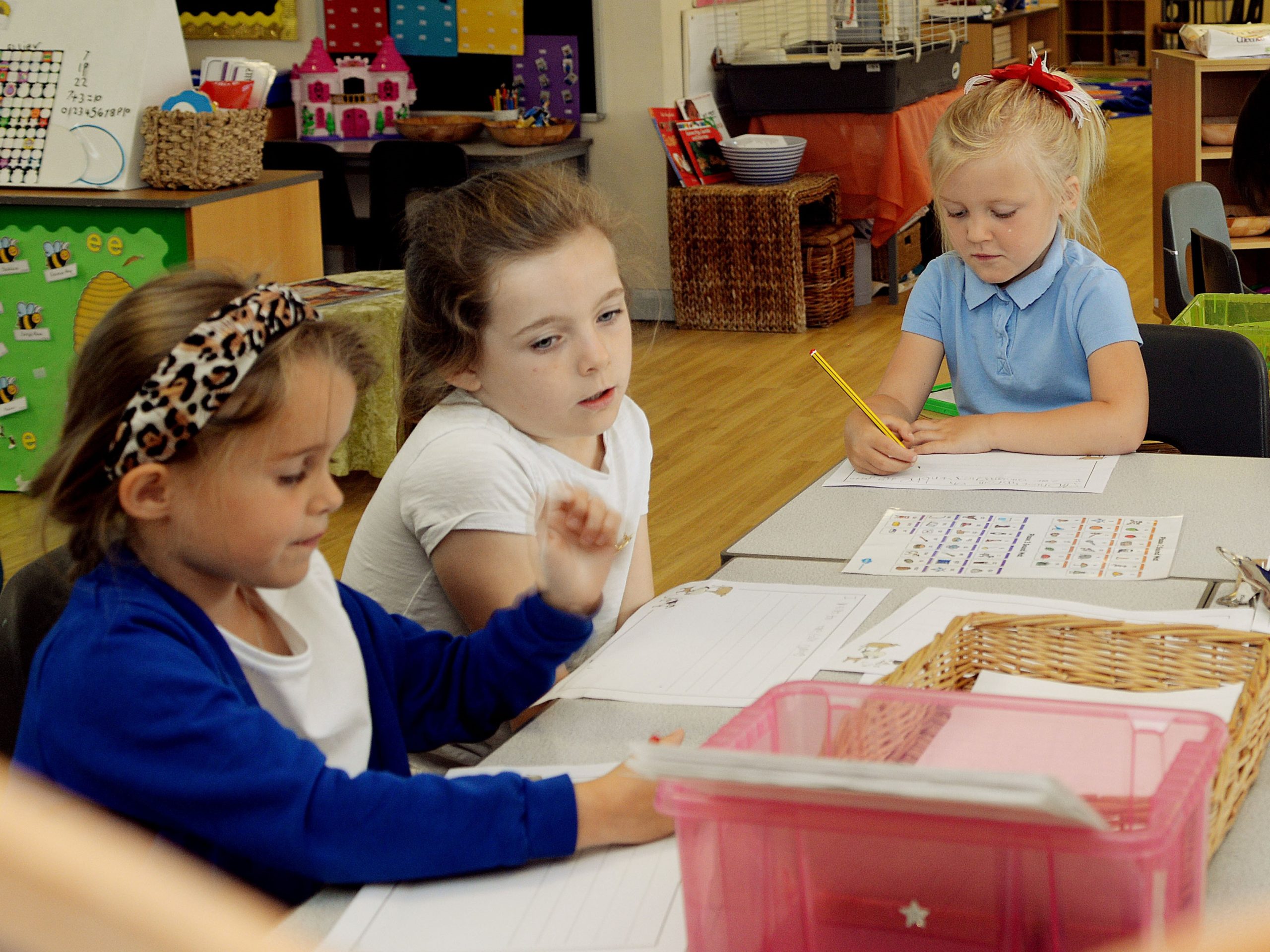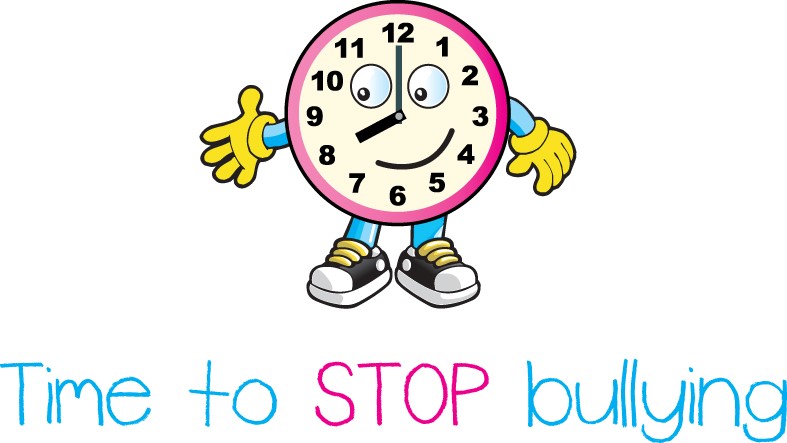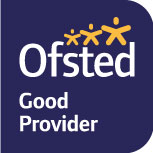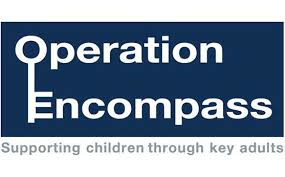Phonics
At Ryhope Infant School Academy we teach a daily phonics lesson following the Letters and Sounds programme.
What is letters and Sounds?
Letters and Sounds is a phonics resource published by the Department for Education and Skills in 2007. It aims to build children’s speaking and listening skills in their own right as well as to prepare children for learning to read by developing their phonic knowledge and skills. It sets out a detailed and systematic programme for teaching phonic skills for children starting by the age of three, with the aim of them becoming fluent readers by age seven.
There are six overlapping phases. The table below is a summary based on the Letters and Sounds guidance for Practitioners and Teachers.
| Phase | Phonic Knowledge and Skills |
| Phase One (Nursery/Reception) | Activities are divided into seven aspects, including environmental sounds, instrumental sounds, body sounds, rhythm and rhyme, alliteration, voice sounds and finally oral blending and segmenting. |
| Phase Two (Reception) up to 6 weeks | Learning 19 letters of the alphabet and one sound for each. Blending sounds together to make words. Segmenting words into their separate sounds. Beginning to read simple captions. |
| Phase Three (Reception) up to 12 weeks | The remaining 7 letters of the alphabet, one sound for each. Graphemes such as ch, oo, th representing the remaining phonemes not covered by single letters. Reading captions, sentences and questions. On completion of this phase, children will have learnt the “simple code”, i.e. one grapheme for each phoneme in the English language. |
| Phase Four (Reception) 4 to 6 weeks | No new grapheme-phoneme correspondences are taught in this phase. Children learn to blend and segment longer words with adjacent consonants, e.g. swim, clap, jump. |
| Phase Five (Throughout Year 1) | Now we move on to the “complex code”. Children learn more graphemes for the phonemes which they already know, plus different ways of pronouncing the graphemes they already know. |
| Phase Six (Throughout Year 2 and beyond) | Working on spelling, including prefixes and suffixes, doubling and dropping letters etc. |












